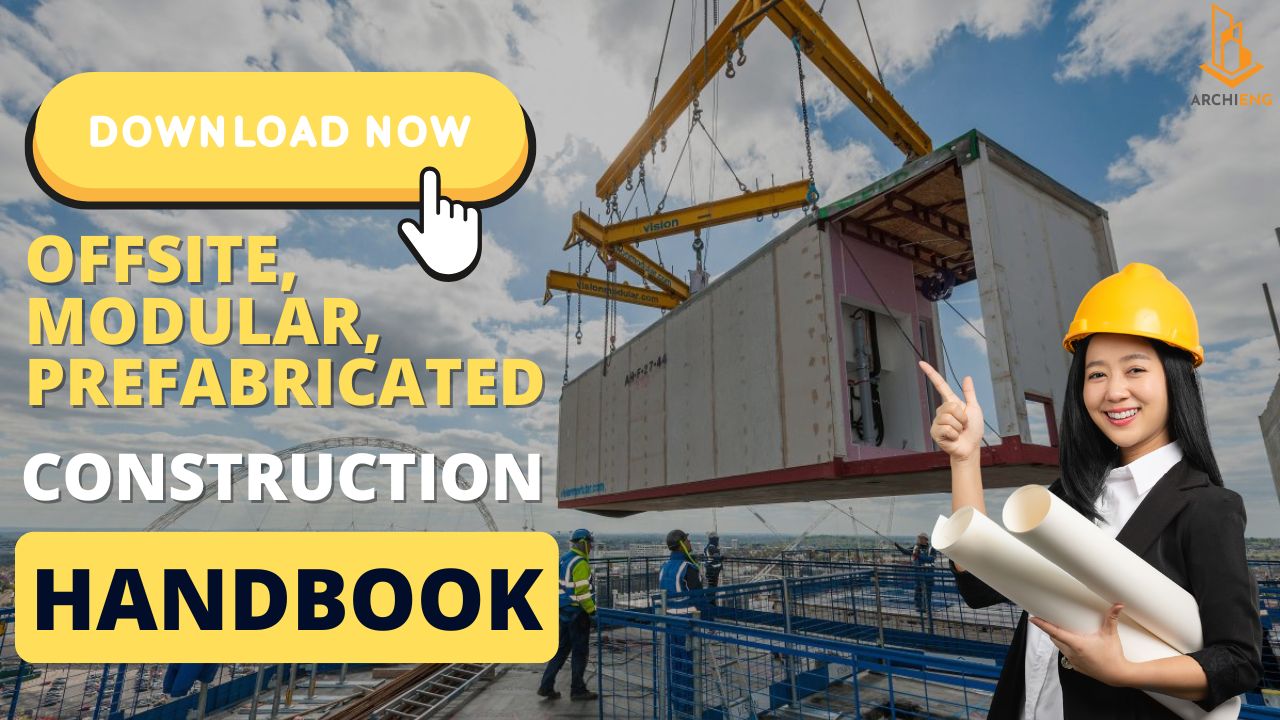Understanding Fire Rating (FRL) and Its Importance in Building Safety

Fire safety is a paramount concern in any structure, whether it's a residential building, commercial establishment, or industrial facility. To ensure the safety of occupants and protect property, various fire safety measures are implemented, including the use of fire-rated materials and components. One crucial aspect of fire safety is the Fire Resistance Level (FRL), which determines the ability of a structure or its components to withstand fire for a specified period. In this article, we will delve into the concept of FRL and its significance in ensuring building safety.
What is Fire Resistance Level (FRL)?
Fire Resistance Level (FRL), also known as Fire Rating, refers to the duration for which a particular construction element, such as walls, floors, doors, or ceilings, can resist the effects of fire and maintain its structural integrity, thus providing protection against the spread of fire, smoke, and heat. FRL is usually expressed in terms of minutes or hours, representing the time a component can withstand exposure to fire under standard fire test conditions.
Components of Fire Resistance Level (FRL)
Fire Resistance Level is determined based on three critical factors: structural adequacy, integrity, and insulation.
- Structural Adequacy: This factor assesses the load-bearing capacity of a construction element during a fire. It determines whether the element can continue to support the loads it was designed for and prevents structural collapse.
- Integrity: Integrity refers to the ability of a construction element to resist the passage of flames and hot gases. It prevents fire from spreading to adjacent areas, limiting its potential for destruction.
- Insulation: Insulation measures the ability of a construction element to resist the transfer of heat. It ensures that the temperature on the unexposed side of the element remains below specified limits, minimizing the risk of ignition and damage to adjacent materials.
Fire Resistance Testing
To determine the FRL of a particular construction element, fire resistance testing is conducted in accordance with internationally recognized standards, such as those set by the Australian Standard AS1530 Part 1 to 4, or National Construction Code . The tests simulate real-world fire conditions and measure the element's performance under controlled circumstances. These tests subject the construction element to fire, measuring its ability to meet the required criteria of structural adequacy, integrity, and insulation.
Importance of Fire Resistance Level (FRL)
- Life Safety: The primary goal of FRL is to ensure the safety of occupants within a building. By providing a designated period of fire resistance, FRL allows for safe evacuation and provides additional time for fire suppression efforts.
- Property Protection: Fire-rated components and materials help contain fire and prevent its spread to other areas of a building. This containment reduces property damage, lowers repair costs, and can potentially save the structure from complete destruction.
- Compliance with Regulations: Building codes and regulations typically mandate specific FRL requirements for different types of structures. Adhering to these requirements ensures that buildings meet minimum safety standards, providing peace of mind to occupants and owners alike.
- Insurance and Liability: Insurance providers often consider fire safety measures, including FRL, when determining coverage and premiums. Adequate fire resistance measures can reduce the risk of extensive damage and lower insurance costs. Additionally, implementing proper fire safety measures can help mitigate legal liabilities in the event of a fire-related incident.
Conclusion
Fire Resistance Level (FRL) plays a crucial role in maintaining building safety and preventing the spread of fire, smoke, and heat. By specifying the duration for which construction elements can withstand fire, FRL provides occupants with vital evacuation time and aids firefighting efforts. Compliance with FRL requirements ensures adherence to building codes and regulations, reducing property damage, insurance costs, and legal liabilities.


.png)
.png)




.jpg)


.png)

.png)







.png)

.png)



.png)
.png)





.png)



.png)


.png)
.png)

.png)
.png)
.png)
.png)

.png)




.png)






.png)

.png)
.png)
.png)
.png)
.png)
.png)
.png)
.png)
.png)
.png)
.png)











